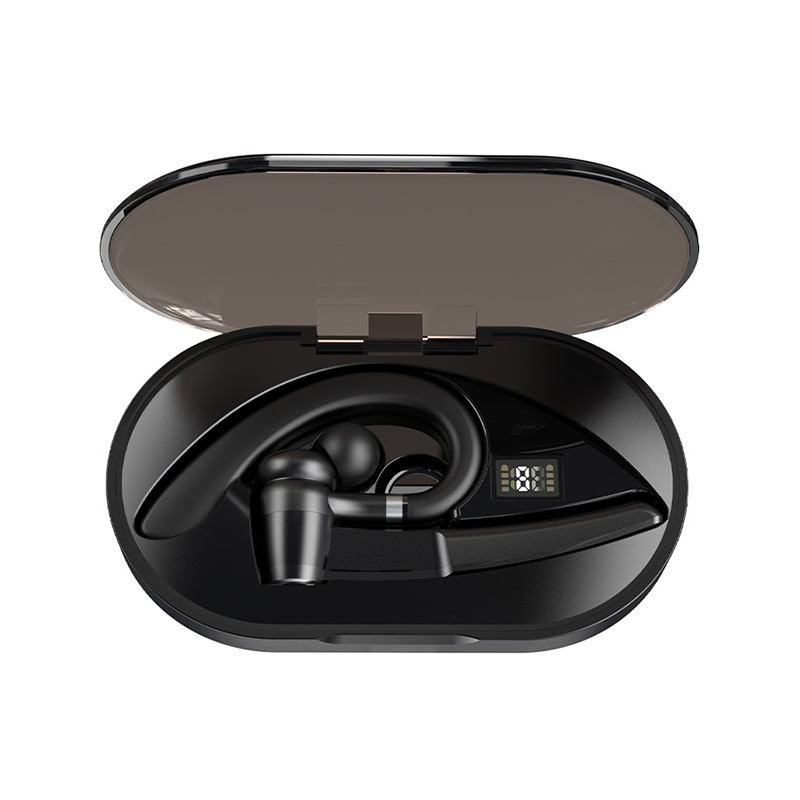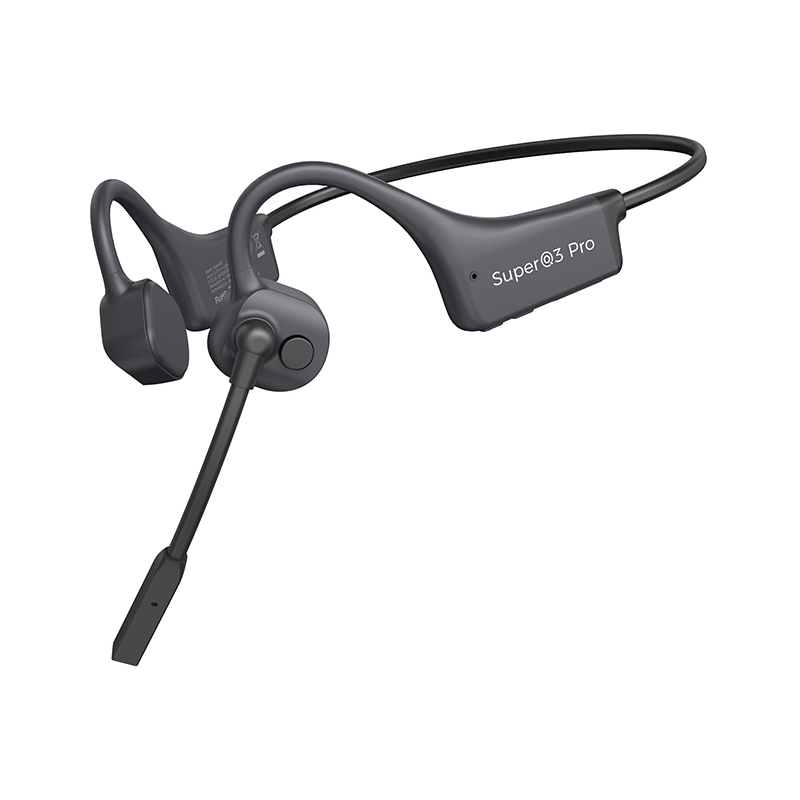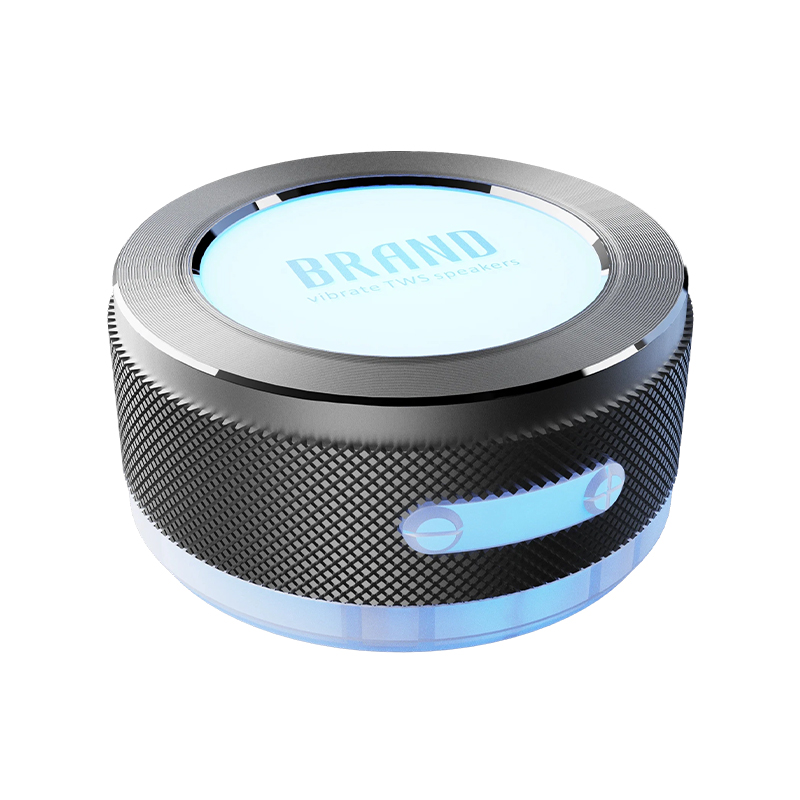How to achieve fast and seamless switching of multi-device connection function of bluetooth business headset?
Release Time : 2025-09-24
Bluetooth business headsets enable fast and seamless multi-device switching, relying on a combination of Bluetooth protocol upgrades, increased chip computing power, operating system collaboration, and intelligent management strategies. This feature isn't available on all Bluetooth business headsets; it requires underlying hardware support and in-depth software algorithm optimization. Its technical implementation can be analyzed from three perspectives: underlying protocol, hardware performance, and system adaptation.
From a protocol perspective, Bluetooth multipoint technology is fundamental. Traditional Bluetooth devices use a "master-slave" architecture, where one master device (such as a mobile phone) connects to one slave device (such as a headset). Multipoint connectivity, however, allows headsets to maintain active connections with multiple devices simultaneously. For example, Bluetooth 5.0 and above use time division multiplexing and frequency hopping spread spectrum to divide the communication cycle into small time slices. The headset then exchanges data with different devices in a pre-set sequence, while rapidly hopping frequencies to avoid interference. This design enables the headset to quickly switch links at the protocol layer when connected to multiple devices, such as mobile phones, computers, and tablets, avoiding lag caused by signal conflicts.
Hardware performance is crucial for smooth switching. High-end Bluetooth business headsets utilize a dual-chip design, with the primary chip responsible for audio processing and the secondary chip dedicated to Bluetooth connectivity. This collaborative work reduces latency. For example, AirPods Pro, powered by the H1 chip, can simultaneously connect to devices like iPhones, iPads, and Macs. The chip optimizes packet scheduling algorithms to ensure precise synchronization of decoding and transmission timing when switching audio streams between devices. Furthermore, the large internal memory allows the headset to store more device pairing information, reducing repeated authentication processes and further shortening switching time.
Deep collaboration between the operating system and headsets is essential. Apple's ecosystem synchronizes device status through iCloud. When a user wears AirPods, the system automatically identifies the currently active device (such as an iPhone playing music) and prioritizes the connection. If a new call is detected from a new device (such as a Mac), the system forces a link switch using the audio routing protocol, automatically switching back to the original device after the call ends. Within the Android ecosystem, manufacturers like Huawei and Xiaomi implement similar functionality through proprietary protocols. For example, Huawei's FreeBuds series of earphones, running HarmonyOS, can simultaneously connect to a phone and tablet, intelligently allocating audio channels based on device usage scenarios (such as video playback, gaming, and calls).
Third-party apps and tools are expanding the boundaries of switching scenarios. Some Bluetooth business headsets offer a multi-device management interface through dedicated apps (such as Sony Headphones Connect and Jabra Sound+), allowing users to manually adjust the connection order or disable non-essential devices to reduce interruptions when switching. For example, tools like EBS (Earbud Switcher) leverage Bluetooth Low Energy (BLE) technology for fast connection. Users simply install the app and set the same key on all devices. It then manages the connection status of the headsets with different devices through broadcast communication, enabling seamless switching across device brands.
Device prioritization and scene recognition algorithms optimize the user experience. High-end headsets have built-in intelligent management policies, allowing users to manually set a frequently used device as the "primary device." When multiple devices simultaneously make requests, the headset prioritizes the primary device. Some headsets also support scene recognition, automatically connecting to the most recently used device upon detecting when the headset is worn, or intelligently allocating audio channels based on device activity (e.g., a phone call or music playing on a computer). For example, the Jabra Elite 10 headsets support "in-ear detection," which automatically pauses audio on the current device when the headset is removed and prioritizes resuming the last connected device upon wearing, streamlining the process.
Compatibility and stability are key challenges in implementing this technology. Bluetooth multipoint connectivity requires both the headset and the device to support the same protocol version (e.g., Bluetooth 5.0), and manufacturers must have a highly consistent understanding of the protocol stack. For example, some Android phones, due to insufficiently optimized protocol stacks, may experience delays or disconnections when connecting to headsets. Apple devices, on the other hand, utilize a closed ecosystem to ensure deep integration between hardware and systems, resulting in a more stable switching experience. Furthermore, connecting multiple devices accelerates headset battery life, forcing manufacturers to balance battery life and performance with low-power chips and optimized algorithms.
From the underlying protocol layer to the application ecosystem, seamless multi-device switching for Bluetooth business headsets is the result of a comprehensive collaboration of hardware performance, software algorithms, and systems. With the introduction of higher-precision positioning and lower power consumption in the Bluetooth 6.0 standard, future headsets are expected to implement advanced features such as cross-device audio synchronization and intelligent scene preloading, redefining the boundaries of wireless audio experience in business scenarios.







